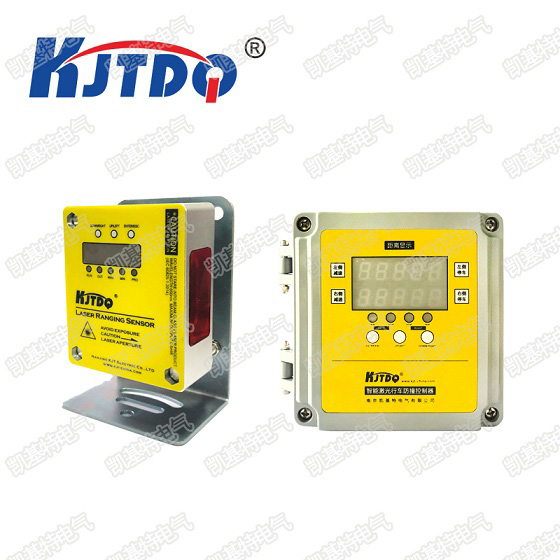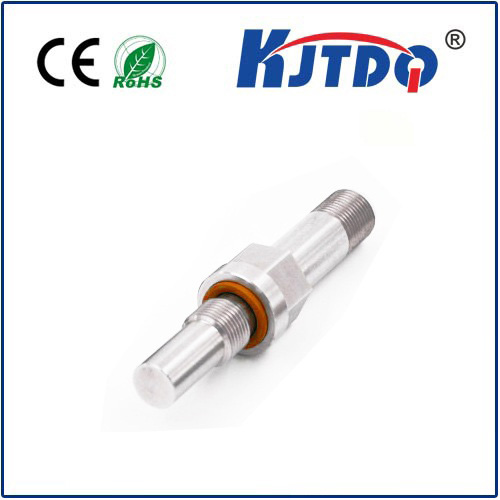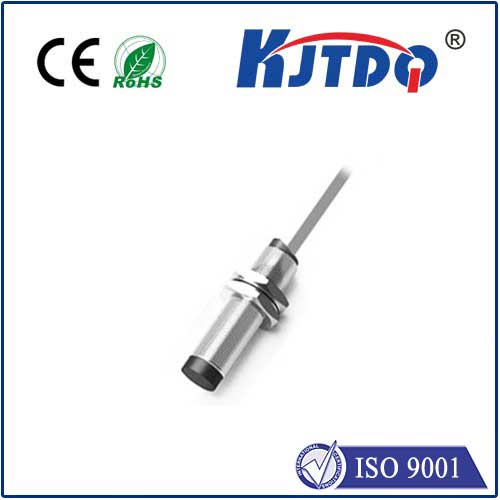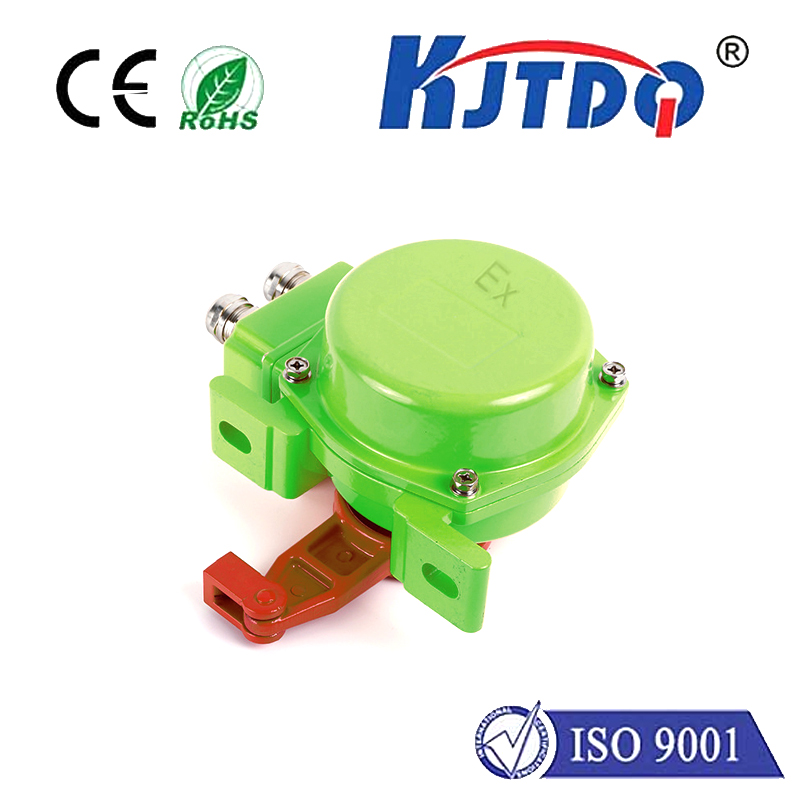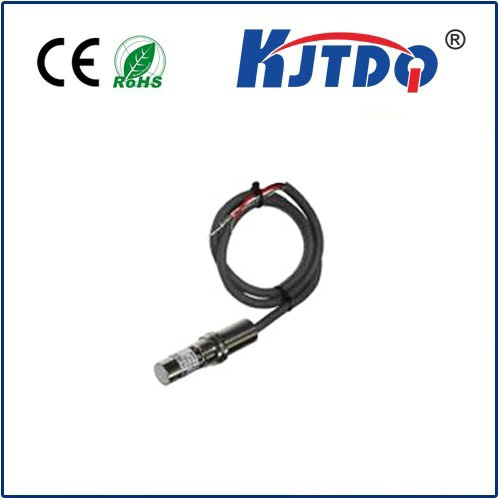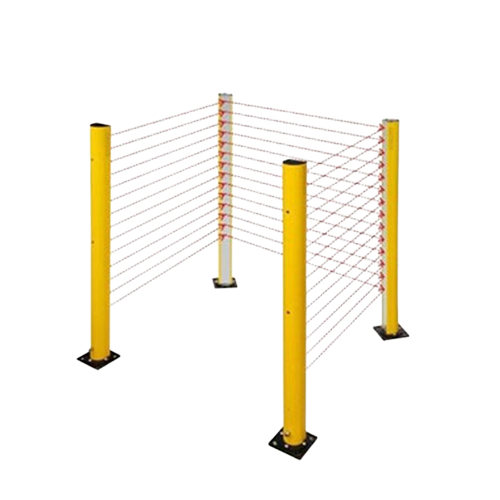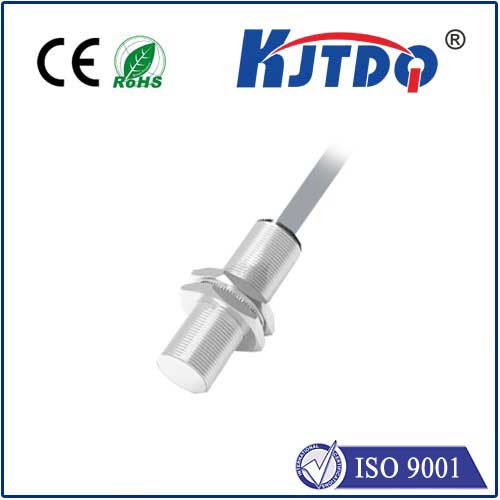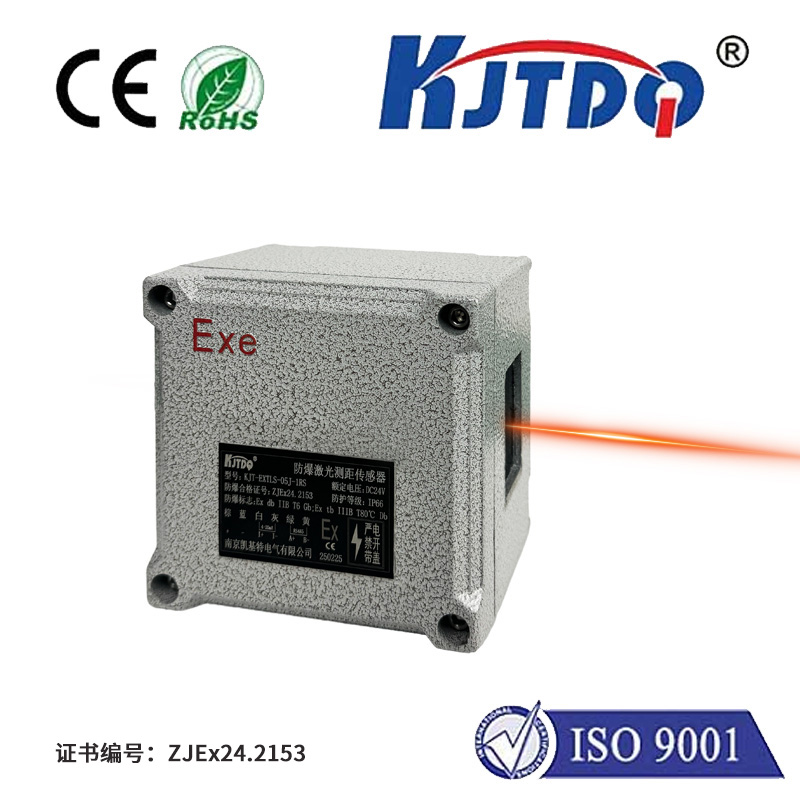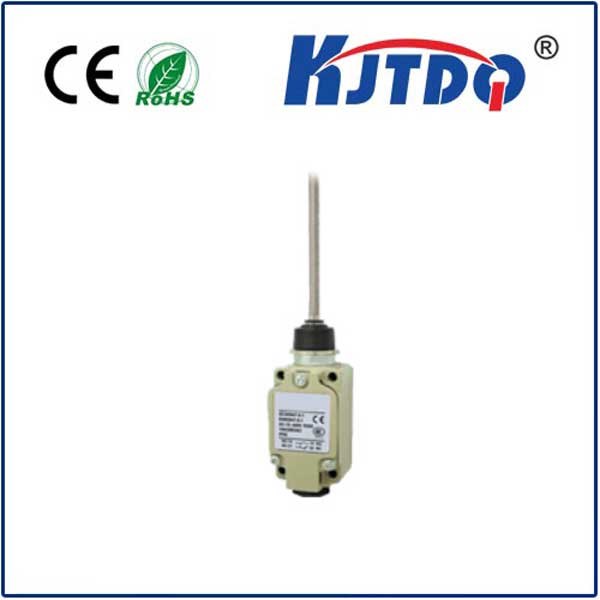optical speed sensor
- time:2024-10-20 00:21:14
- Click:0

Title: Revolutionizing Precision with Optical Speed Sensors
In the realm of technology, where precision and accuracy are paramount for advancements, optical speed sensors have emerged as a game-changer. These sophisticated devices are reshaping industries by providing real-time speed measurements with unparalleled precision. This article delves into the world of optical speed sensors, exploring their functionality, applications, and the benefits they bring to modern technology.
Understanding Optical Speed Sensors
Optical speed sensors, also known as optical tachometers, employ the principles of light to measure the velocity of moving objects or rotational speed of shafts. They work by detecting the frequency at which a target object interrupts a beam of infrared or laser light. This interruption is translated into an analog or digital signal that corresponds to the object’s speed.
The core components of an optical speed sensor include a light source (such as an LED or laser diode), a photodetector, and a microcontroller unit for signal processing. The photodetector captures the changes in light intensity caused by the passing object and converts them into electrical signals. These signals are then processed to calculate the speed accurately.
Applications Across Industries
The versatility of optical speed sensors makes them suitable for a wide range of applications across various industries:
- Automotive Industry: In vehicles, these sensors monitor engine RPM (revolutions per minute), wheel speed for anti-lock braking systems (ABS), and transmission control. Their accurate readings ensure optimal engine performance and enhance vehicle safety features.
- Manufacturing and Industrial Applications: On production lines, optical speed sensors track the movement of conveyor belts, rollers, and other machinery parts. They play a crucial role in maintaining efficient workflows, reducing downtime, and ensuring product quality through precise speed control.
- Sports Science and Human Performance: Athletes and coaches use wearable devices equipped with optical speed sensors to measure running speed, swing dynamics in sports like tennis or golf, and even cycling cadence. This data helps athletes optimize their performance and reduce injury risks.
- Robotics and Automation: In robotics, optical speed sensors enable smooth operation of robotic arms and automated guided vehicles (AGVs) by accurately measuring their speed and positioning. This enhances precision in tasks such as assembly, welding, painting, and material handling.
Advantages of Optical Speed Sensors
The adoption of optical speed sensors comes with a plethora of advantages:
- Non-contact Measurement: Unlike mechanical tachometers, optical speed sensors do not require physical contact with the moving part, reducing wear and tear and extending the lifespan of both the sensor and the monitored equipment.
- High Precision and Accuracy: With their ability to detect even minute changes in light frequency, optical speed sensors provide highly accurate speed measurements, often up to several decimal places.
- Versatility and Flexibility: They can be used in diverse environments and applications due to their non-intrusive nature and adaptability to different light sources.
- Easy Integration: Optical speed sensors can be easily integrated into existing systems or new designs, making upgrades simpler and more cost-effective.
Challenges and Considerations
While optical speed sensors offer numerous benefits, there are challenges to consider during their implementation:
- Environmental Factors: Dust, moisture, or ambient light conditions can affect the performance of optical speed sensors. It’s essential to choose sensors with appropriate protective features or implement shielding solutions.
- Target Visibility: The effectiveness of optical speed sensors relies on clear line-of-sight between the light source and photodetector. Any obstruction can lead to measurement errors; thus, careful system design is necessary.
- Cost Implications: High-precision optical speed sensors can be expensive compared to traditional methods. However, their long-term benefits usually outweigh the initial investment when considering improved efficiency, reliability, and safety.
Future Prospects
As technology progresses, we can expect further innovations in optical speed sensors. Enhanced algorithms for signal processing and artificial intelligence integration may lead to smarter sensors capable of self-calibration and predictive maintenance alerts. Additionally, advancements in materials science could result in more durable and cost-effective solutions for extreme environments.
Conclusion: A Beacon of Precision
Optical speed sensors stand at the forefront of technological innovation, offering unparalleled precision in speed measurement across multiple sectors. Their non-contact nature, combined with high accuracy and ease of integration, positions them as indispensable tools in our quest for efficiency, automation, and safety. Embracing this technology today paves the way for a brighter tomorrow marked by intelligent systems and optimized performance standards.












